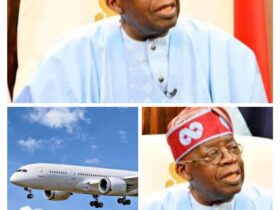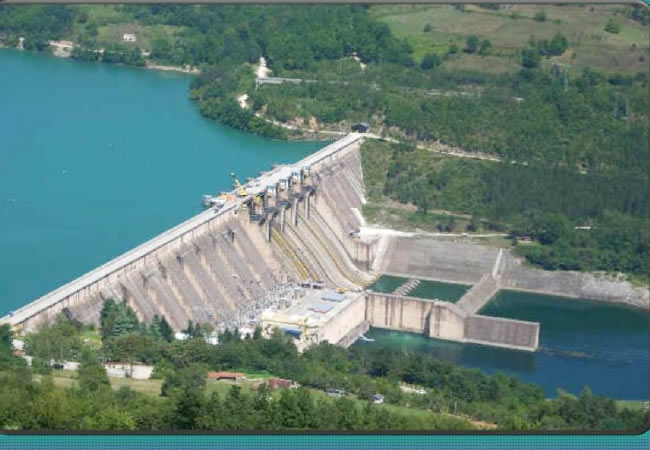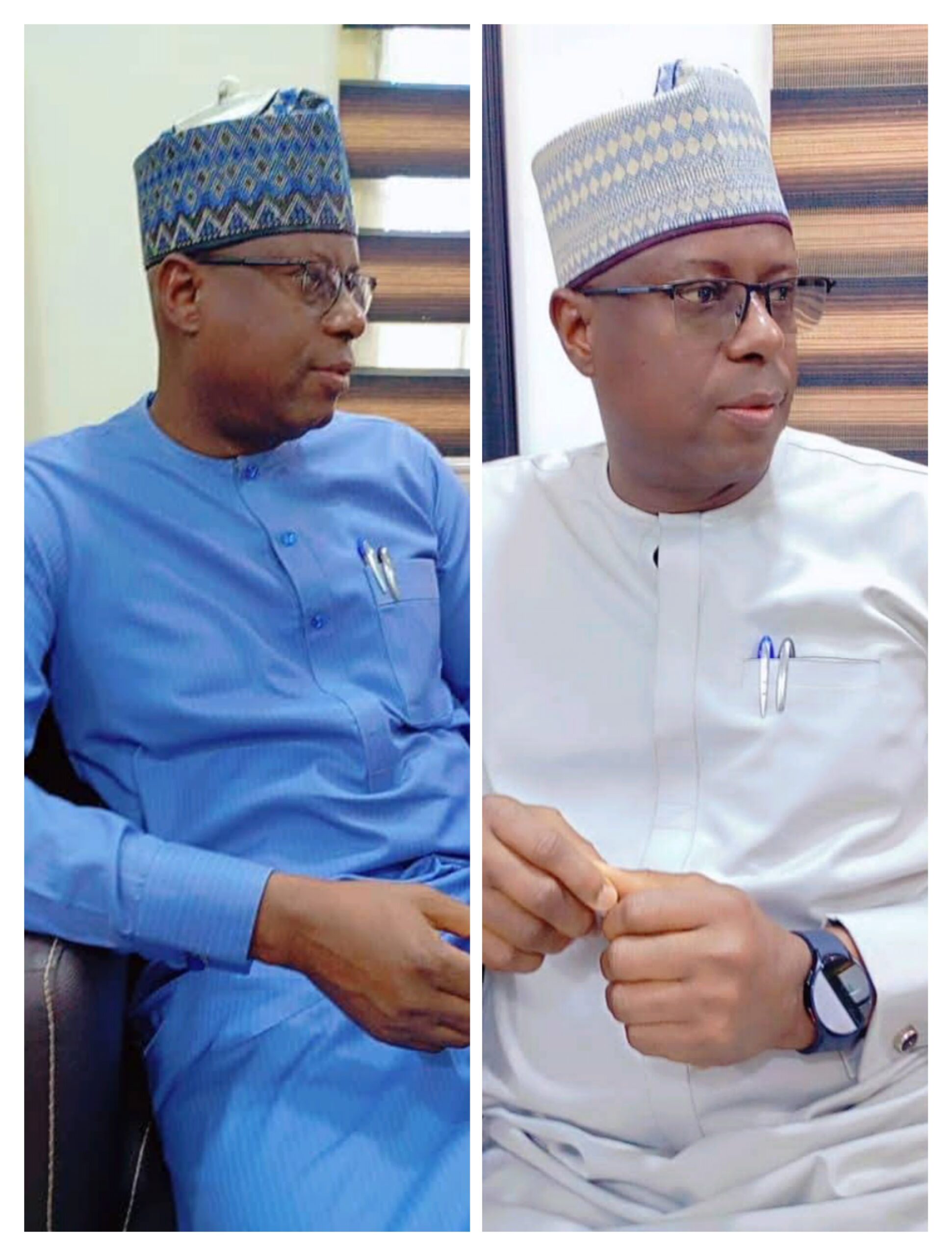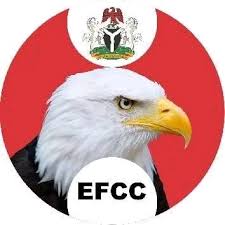Central Bank of Nigeria, Head Office in Abuja
The financial landscape of Nigeria was thrown into frenzy on Wednesday 26th of October, 2022 when like a thunder bolt, the Central Bank of Nigeria, CBN announced its plan to redesign some denominations of the country’s legal tender.
The Apex Bank hinged its decision to introduce the new currency notes on the abnormalities bedeveling the Nigeria financial, Monetary and security system, the circulation will begin on December 15th 2022.
Governor, Central Bank of Nigeria
However, it is imperative to take a historical perspective on Currency introduction and redesign in Nigeria before analysing the merit and otherwise of the recent monetary policy of the CBN.
It is pertinent to note that, the first major currency issue in Nigeria was undertaken following the Colonial ordinance of 1880 which introduced the Shilling and Pence as legal tender currency in British West Africa and was distributed by a private bank, this was taken over by the Bank of west Africa between 1912- 1959 as the west Africa currency board issed the currency in Nigeria, Ghana, Sierra Leone and Gambia, the highest bank denomination note then was one Pound while the one Shilling coin was the highest coin denomination.
On July 1st 1959 the Central Bank of Nigeria, operating under the name the Bank of the Federation of Nigeria issued Nigeria first currency bank note.
In July 1962 the currency was further changed to reflect the Country’s new status as a Republic. Also in 1968 , the Currency was again changed due to mismanagement and the country’s civil war.
A major monetary policy since independent was the decision by the Central Bank of Nigeria to change from metric to decimal, the name of the currency was changed in 1979, the major unit of currency which use to be 1 ceased to exist and Naira which was equivalent to 10 Shilling became the major unit while the minor unit was called the kobo, hundered of which made one Naira. Similarly, on 11th February 1979, a new bank note, the value of Twenty Naira was introduced as at the time it was the highest denomination and its introduction was attributed to economic growth and it was the first bank note currency to bear the portrait of a popular Nigerian, Late General Murtala Ramat Muhammed ( 1938- 1976)
Major General Muhammad Buhari as then Head of State in 1984, ordered the changing in the colour of all the currency denominations with the exception of the 50kobo banknotes to arrest the currency trafficking prevalent at that time. In 1991 the 50kobo and one Naira where both coined in response to the expansion of the economic activities and facilities as an efficient payment system.
Interestingly, the Obasanjo administration that carried out some far reaching reforms on the Nation’s currency was at it again as civilian President, when the N100, N200 , N500 and N1000 currency notes were introduced as legal tender in 1999 December, November 2000 , April 2001 and October 2005 respectively.
Back to the current redesigning of the Naira, CBN Governor, Mr. Godwin Emefiele explained that was reached due to the persistent concern with the management of currency series banknotes and the challenges in circulation particularly, the money in circulation outside the banking system in Nigeria.
This argument may appear plausible on the surface as significant hording of bank notes by the public is going on as available statistics shows that, over 80percent of currency in circulation is outside the banking vaults.
Infact, as at September 2002 available data shows that N 2.73 trillion Naira out of the N 3.23 Trillion in circulation is outside the banking system of commercial banks.
Also the worsening shortages of cleab and fit banknotes with attendant negative perception of the CBN as an institution. Global best practice is for the Central bank of Nigeria to redesign, produce and circulate new local currency every 5- 8years but the Naira has not been redesigned in the last 20years.
However the pertinent question begging for an answer is the fact that, the Government has to borrow to finance the redesigning, printing and circulation of the new proposed bank note, this no doubt is a recipe for inflation and distortion of monetary policy it so claimed to be defending especially, for a Government on transition.
It is common knowledge that, the first casualty of this policy by CBN are Politicians, while on it may disrupt illicit funds circulation momentarily, and also the policy has the tendency of Dollarization of the Country. If the plan of CBN is to bring many outside the banking system into its fold, it may end up achieving the exact opposite as Politicians has the propensity of simply buying up dollars and wait for the new monetary policy to kick off and recovert some of their dollars back to Naira.
Already, the dollar is reaching an all time high of over 700 naira in the black or parallel market.
Even in the security front, bandits and kidnappers who may not have the opportunity to deposit their ransom money may simply start requesting ramsom payment in dollars or any currency they can easily convert to other international currency. If the truth be told the currency redesigning policy is a two edged sword that must be handle with care or else the demons on the policy may suck the blood of the Nation’s already bleeding economy.















Leave a Reply